Beefsteak Tomato Guide: From Seed to Harvest
By Ryan Dorn, SouthernSeeds.com
Beefsteak tomatoes (Solanum lycopersicum) stand as the giants of the garden, their meaty, juicy fruits embodying the essence of summer dining. Perfectly suited for a hearty sandwich or simply enjoyed as a sliced delight with just a hint of sea salt, these tomatoes are celebrated for their substantial size and deeply satisfying taste. The largest variety among tomatoes, Beefsteaks boast fruits that can tip the scales at 1 pound or more, making each harvest a truly rewarding experience.

Eagerly stretching towards the sky, Beefsteak tomato plants demand attention and care as an indeterminate tomato, rapidly growing to heights of at least 6 feet and often more. These late bloomers ask for a bit of patience from the gardener, rewarding their wait with an abundant yield approximately 85 days after planting. Given their stature and the weight of their fruit, a robust support system—a sturdy cage, trellis, or stake—is essential to keep them upright and productive. Embarking on the journey of nurturing Beefsteak tomatoes promises not just a garden filled with vibrant greenery, but a bountiful harvest ready to transform your summer meals.
The Diverse World of Beefsteak Tomatoes
Beefsteak tomatoes, celebrated for their size and flavor, come in an array of varieties, each bringing its own unique qualities to the garden and kitchen. Beyond the traditional Beefsteak, with its classic, juicy slices perfect for any summer dish, there are several other notable types that have captivated the hearts of tomato enthusiasts. Let’s delve into some of these remarkable varieties:
-
Brandywine: An heirloom variety with a legacy, Brandywine tomatoes are cherished for their exceptionally rich, full flavor that many consider the pinnacle of tomato taste. With pink, red, and even yellow fruits, Brandywine offers not just a diversity of colors, but also a creamy texture that melts in your mouth.
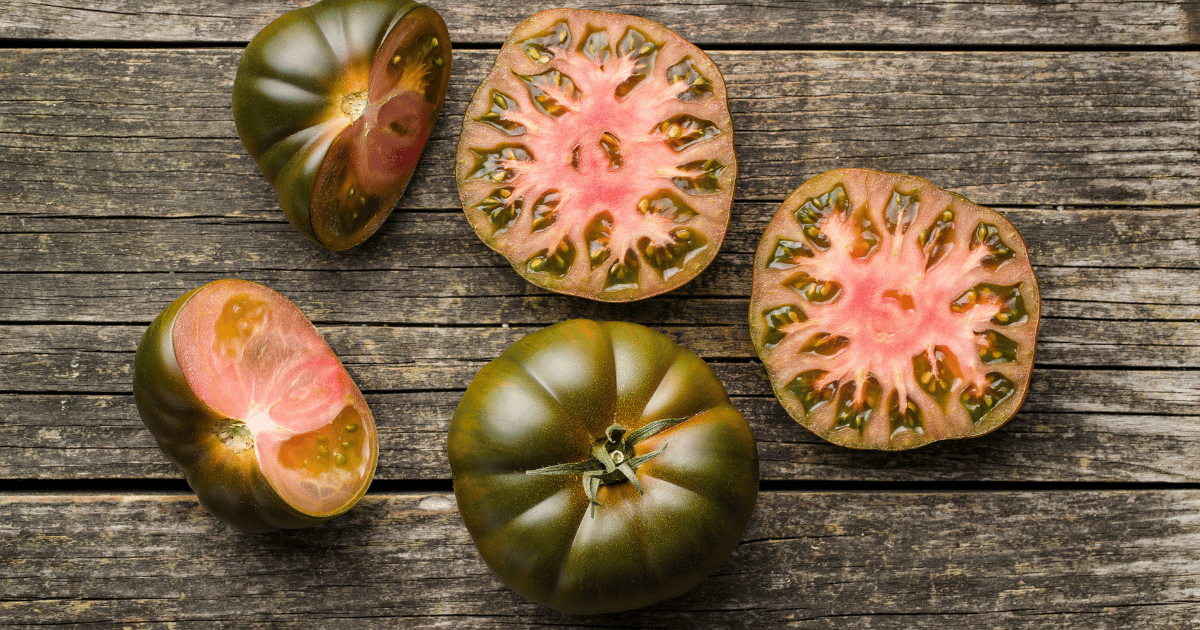
-
Cherokee Purple: Distinguished by its dark, purplish skin and deep red flesh, Cherokee Purple tomatoes brings a complex flavor profile—sweet, smoky, and rich. This heirloom variety is as visually striking on the vine as it is on the plate, adding a unique element to dishes that call for tomatoes.
-
Big Beef: As the name suggests, Big Beef tomatoes are all about size and productivity, offering large, globe-shaped fruits with classic tomato flavor. This hybrid is prized for its disease resistance and ability to produce abundantly, making it a reliable choice for gardeners looking for both quantity and quality.
-
Brandy Boy: A hybrid that combines the best of Brandywine with modern disease resistance and vigor, Brandy Boy tomatoes offer large, pink fruits with that beloved Brandywine flavor in a more garden-friendly package. This variety stands out for its improved yield and adaptability to various climates.
Exploring these Beefsteak tomato varieties opens up a world of flavor, color, and gardening satisfaction. Whether you lean towards the heirloom charm of Brandywine and Cherokee Purple or the reliable yield of Beefsteak and Brandy Boy, each variety has something special to offer. Incorporating a mix of these tomatoes in your garden not only ensures a diverse harvest, but also allows you to experience the rich tapestry of tastes and textures that Beefsteak tomatoes are known for. As you select your seeds and plan your garden, consider these varieties as a way to enrich your summer bounty and elevate your culinary creations.
Growing Beefsteak Tomatoes from Seeds
The journey of a Beefsteak tomato from seed to harvest begins with careful planning and preparation. To maximize your crop, start your Beefsteak tomato seeds indoors about 6 to 8 weeks before the last expected frost in your area. This head start is crucial for these late-maturing giants, giving them ample time to grow strong before transplanting outdoors.
When planting your seeds, use a high-quality seed starting mix, which will provide the right texture and nutrients for early growth. Plant seeds at a depth of about 1/4 inch, covering them lightly with soil. Seed spacing is also important; if using seed trays, plant one seed per cell or space them about an inch apart in larger containers. This ensures each seedling has enough room to develop without competition.
After planting, water the seeds gently, but thoroughly. The goal is to keep the soil moist, but not waterlogged, as consistent moisture is key to germination. Place the seed containers in a warm location, as Beefsteak tomato seeds require a soil temperature of around 70-80°F (21-27°C) to germinate effectively. Using a heat mat can help maintain this ideal temperature range.

Light plays a critical role in the growth of tomato seedlings. Once the seeds have sprouted, move the containers to a bright spot or under grow lights. Seedlings need about 6-8 hours of light per day to develop strong, sturdy stems. If you're using natural light, be sure to rotate the containers regularly to ensure even growth and prevent seedlings from leaning towards the light source.
As your Beefsteak tomato seedlings grow, monitor soil moisture closely. Watering should be done in a way that keeps the soil consistently moist, but allows for slight drying between waterings. This balance encourages strong root development while preventing issues like damping-off, a common fungal disease in seedlings.
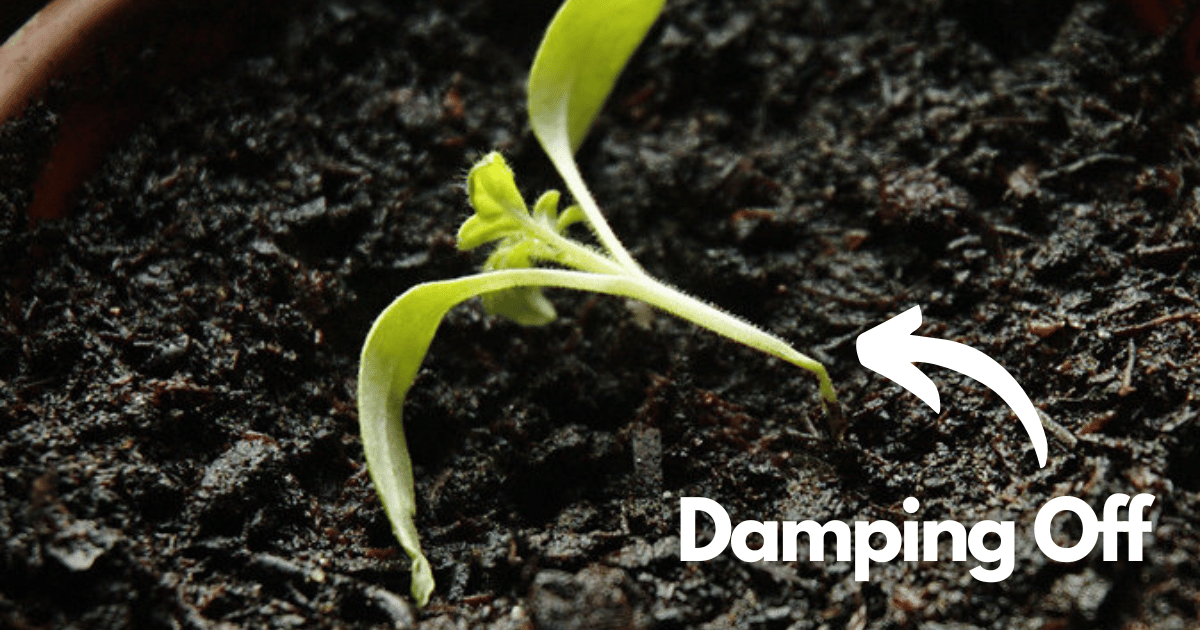
By giving Beefsteak tomato seeds the right start—with careful attention to timing, soil depth, moisture, and light—you'll set the stage for a garden filled with large, flavorful tomatoes. This early effort lays the foundation for a summer of gardening success and culinary enjoyment.
Caring for Your Beefsteak Tomatoes
Once your Beefsteak tomato seedlings have established themselves, the next step is ensuring they receive proper care to thrive and produce bountifully. Here are essential care tips to nurture your plants from young seedlings into robust producers of those coveted, meaty fruits.
Light: Beefsteak tomatoes crave sunlight. Position your plants in a location where they can bask in at least 6 to 8 hours of direct sunlight daily. Adequate light is critical for photosynthesis, encouraging strong growth and maximizing fruit production.
Soil: These tomato giants prefer rich, well-draining soil with a pH level between 6.2 and 6.8. Before planting, enrich your garden soil with compost or a balanced, all-purpose organic fertilizer to provide the necessary nutrients for growth. Good soil not only supports healthy root development, but also improves water retention and drainage.
Watering: Consistent and deep watering is key to growing Beefsteak tomatoes. Aim to keep the soil evenly moist, especially as the plants grow larger and the weather warms. Water at the base of the plant to avoid wetting the leaves, which can lead to fungal diseases. A drip irrigation system or soaker hose is ideal for delivering water directly to the roots and maintaining optimal soil moisture levels.
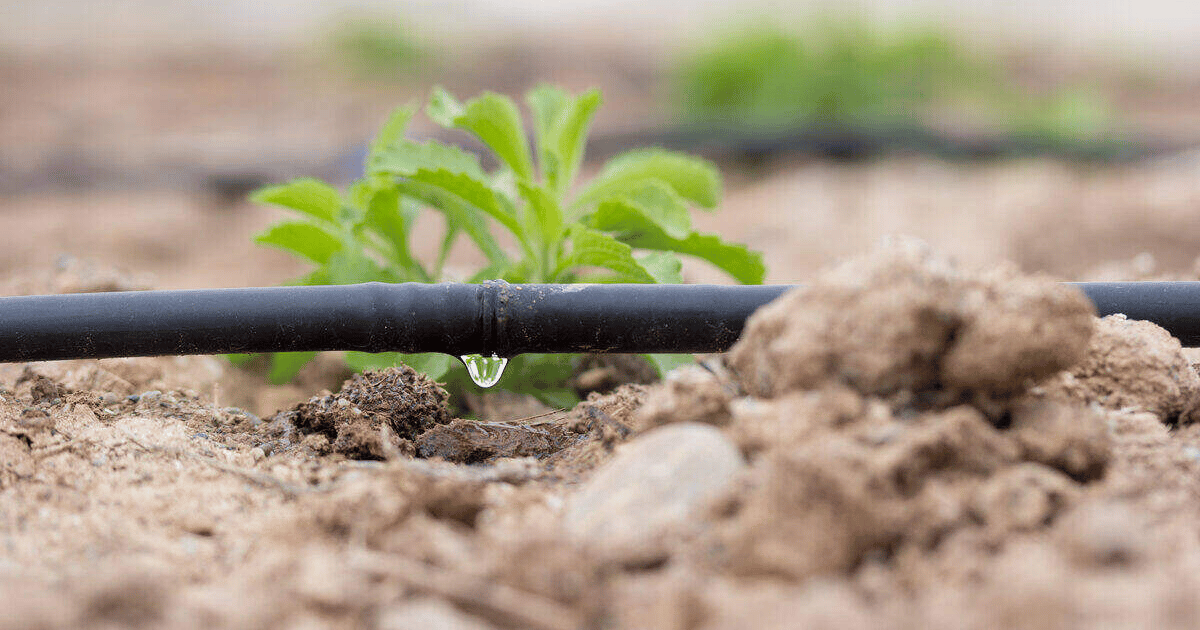
Fertilizer: Beefsteak tomatoes are heavy feeders, requiring regular feeding to support their vigorous growth and fruiting. Apply a balanced, slow-release fertilizer at planting and then supplement with a low-nitrogen, high-phosphorus fertilizer to encourage fruiting. Follow the product's instructions carefully to avoid over-fertilizing, which can harm your plants and reduce yield.
Temperature and Humidity: These tomatoes thrive in warm conditions, with daytime temperatures between 70-85°F (21-29°C) being ideal. Nighttime temperatures should stay above 55°F (13°C) for optimal growth. While Beefsteak tomatoes can tolerate a range of humidity levels, it's important to maintain good air circulation around the plants to prevent fungal diseases. Proper spacing and staking can help improve airflow.
Support: Due to their size and the weight of their fruit, Beefsteak tomatoes require sturdy support. Use cages, stakes, or trellises to keep the plants upright and the fruit off the ground. This not only supports healthy plant growth, but also minimizes the risk of disease and makes harvesting easier.
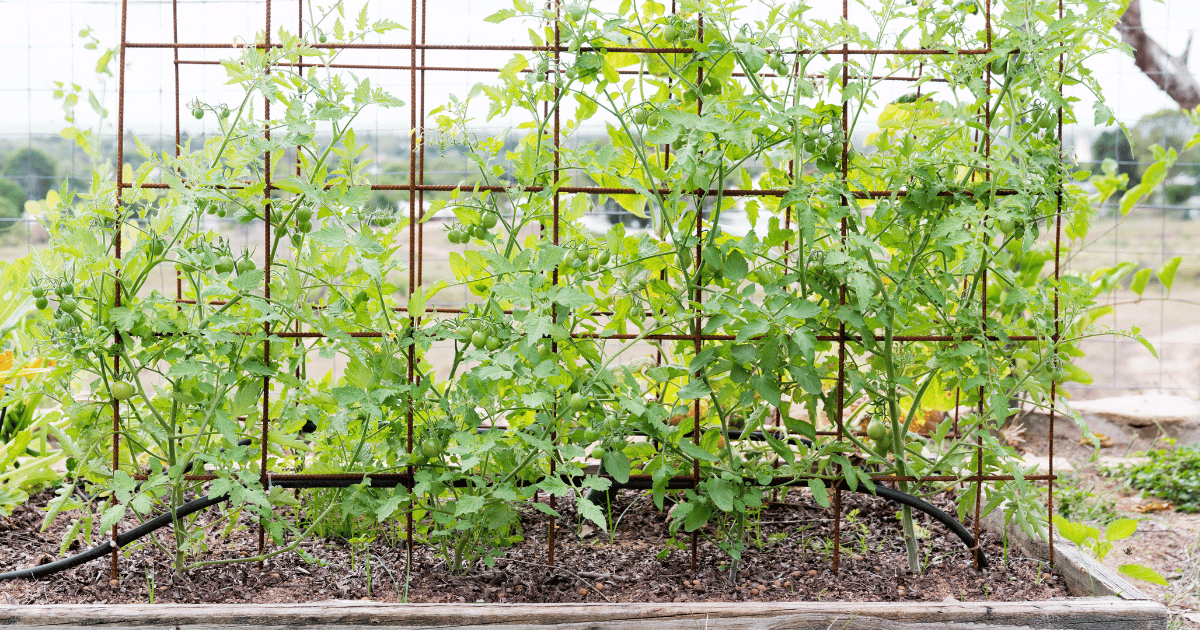
By following these care guidelines—providing ample light, maintaining healthy soil, watering deeply, feeding regularly, and supporting your plants—you'll create an ideal environment for your Beefsteak tomatoes to flourish. With patience and attention, you'll be rewarded with a harvest of large, delicious tomatoes that are the pride of any summer garden.
Harvesting Your Beefsteak Tomatoes
The culmination of your dedication to growing Beefsteak tomatoes is the rewarding phase of harvesting. These sizable, flavor-packed fruits signal their readiness for picking with a few unmistakable signs, turning your garden venture into a delicious triumph.
Beefsteak tomatoes typically reach harvest time around 85 days after transplanting, though this can vary depending on growing conditions and the specific variety. The first indicator that a tomato is ripe for the picking is its color. Beefsteak tomatoes achieve a deep, uniform hue, whether it's the classic vibrant red, sunny yellow, or any other variety-specific color. The entire fruit should showcase this rich coloration, free from green patches around the stem.

Feel is another crucial cue. A ripe Beefsteak tomato will exhibit a firm yet slightly yielding texture when gently squeezed. It should feel heavy for its size, indicating juiciness and a full development of flesh inside. Be cautious not to wait too long; tomatoes left on the vine too long may become overripe, leading to a mealy texture or making them more susceptible to pests and cracking.
When harvesting, use a sharp pair of gardening shears or scissors to cut the fruit from the plant, leaving a small part of the stem attached. This method is gentler on the plant than pulling the fruit off and helps prolong the tomato's shelf life by preventing premature rotting at the stem end.
After harvesting, store your Beefsteak tomatoes at room temperature away from direct sunlight to preserve their flavor and texture. Refrigeration is not recommended for fresh tomatoes, as it can alter their taste and consistency. Enjoy your Beefsteak tomatoes fresh in salads, sandwiches, or any culinary creation where their robust size and flavor can shine.
Harvesting Beefsteak tomatoes is more than just the final step in the growing process; it's a celebration of your gardening journey. Each ripe tomato is a testament to the care and passion you've invested in your garden, offering a taste of summer that's unrivaled in freshness and flavor.
Common Pests and Diseases
While Beefsteak tomatoes bring joy and abundance to the garden, they are not without their challenges. Understanding the common pests and diseases that can affect these plants is crucial for maintaining a healthy, productive crop. Here’s what to watch out for and how to manage these potential issues. For a more extensive dive into this subject, please visit our The Ultimate Guide to Garden Pests and A Guide to Common Plant Diseases blog posts.
Pests:
Tomato Hornworms: These large, green caterpillars can quickly defoliate a tomato plant, hindering its ability to produce fruit. Regular inspection and handpicking are effective controls. Additionally, encouraging beneficial insects like parasitic wasps can naturally reduce their numbers.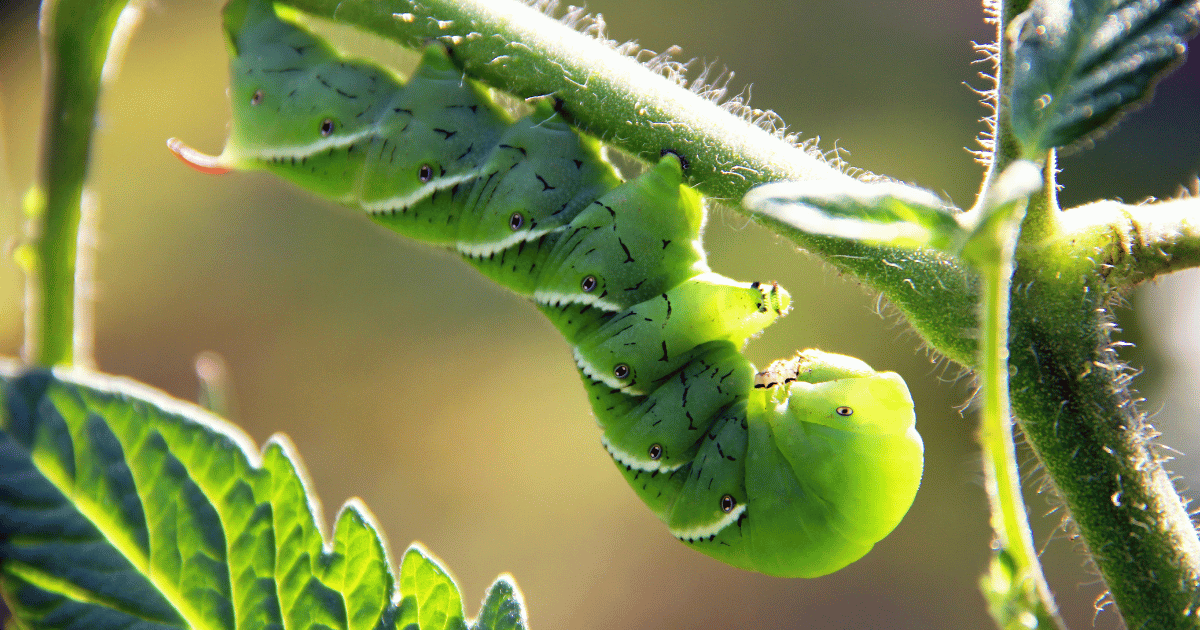
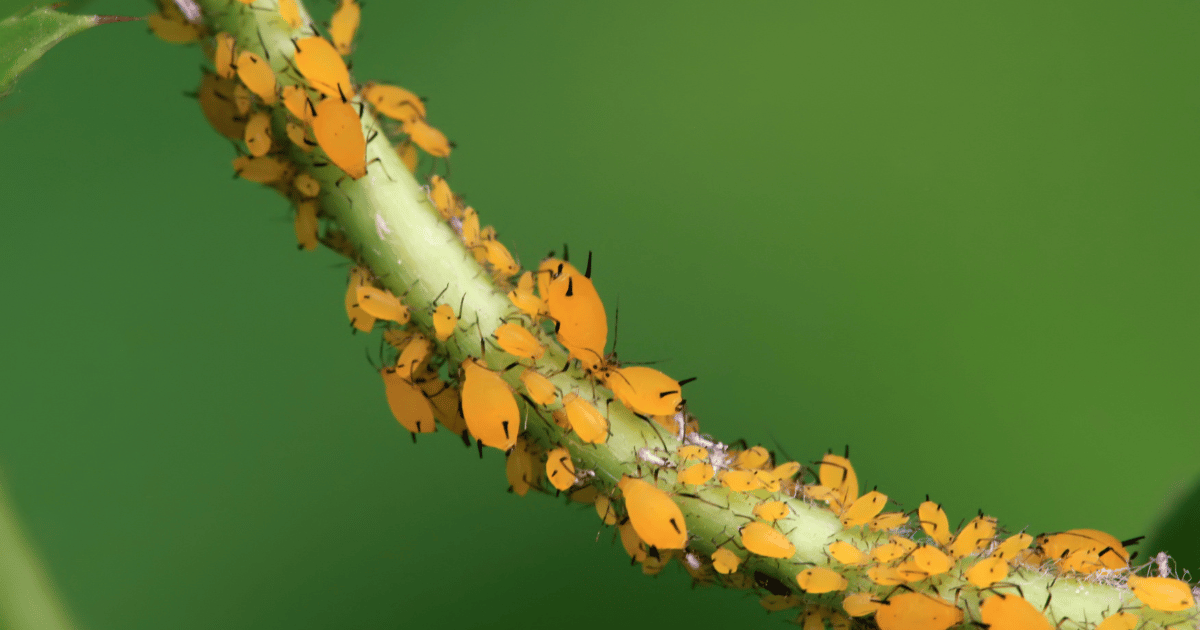

Diseases:
Early Blight: Characterized by dark, concentric rings on lower leaves, early blight can cause significant foliage loss. Prevent it by rotating crops, improving air circulation, and using fungicides when needed.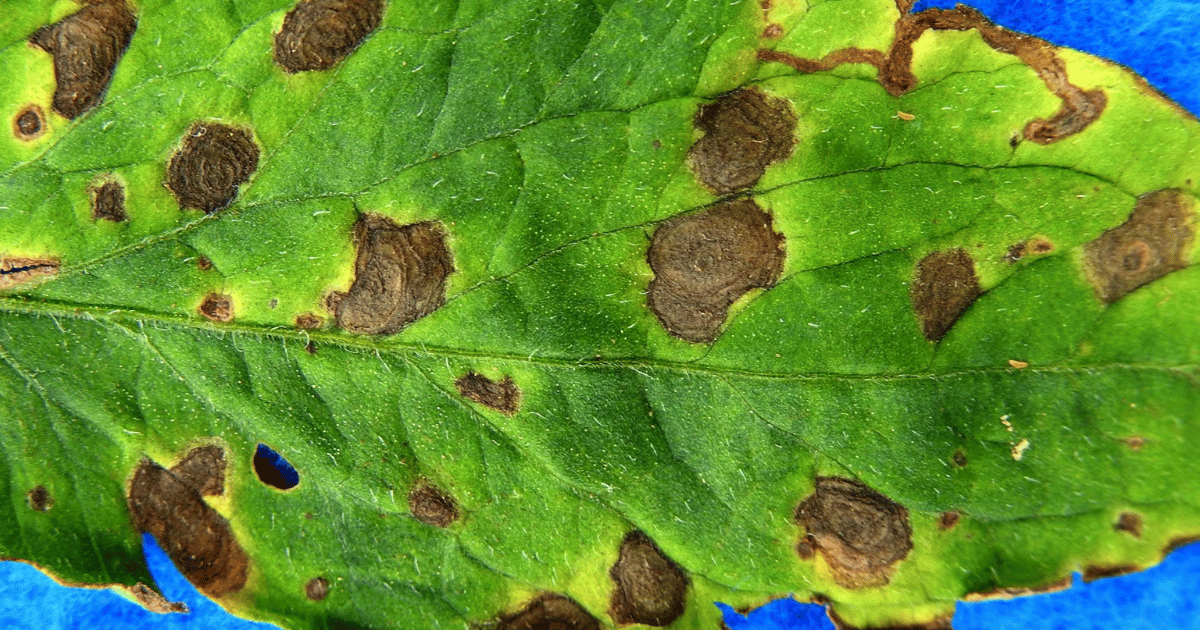
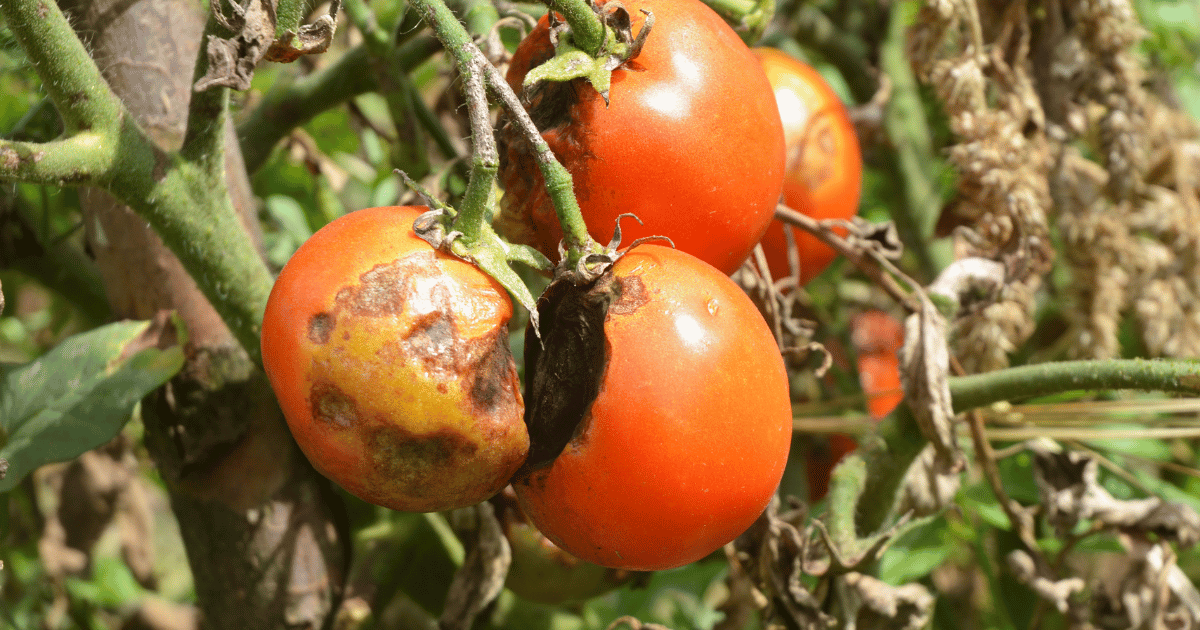
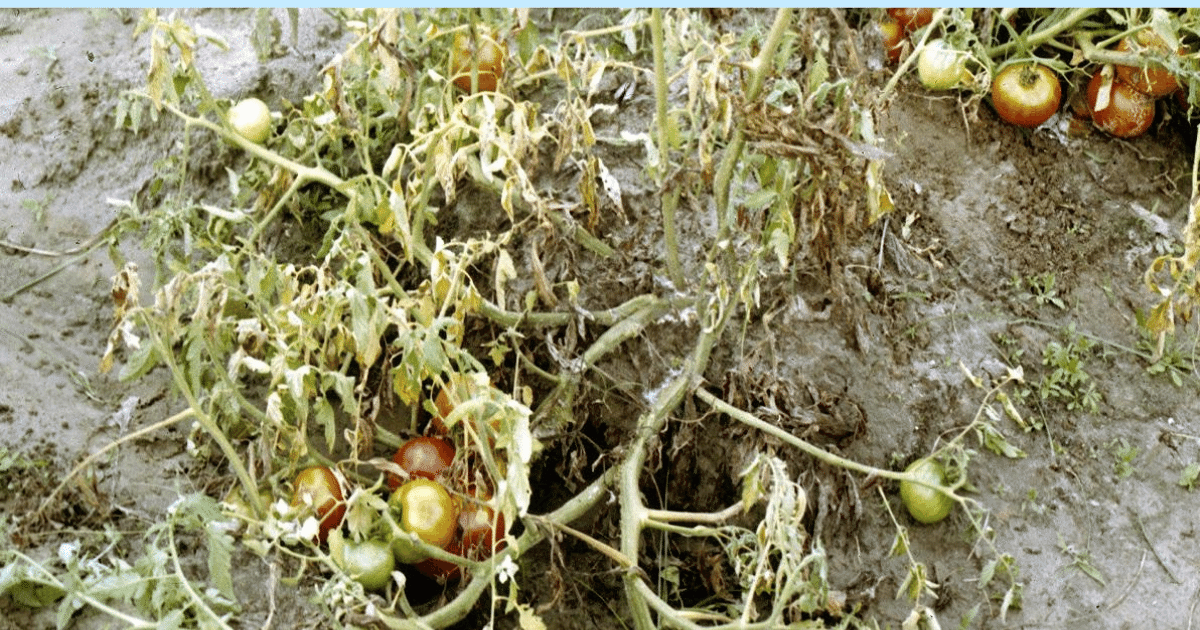
Prevention Tips:
The best defense against pests and diseases is a strong offense. Maintain healthy soil, ensure proper spacing and air circulation, and practice regular crop rotation. Mulching can help prevent soil-borne diseases, and keeping the garden clean of debris can reduce hiding spots for pests. At the first sign of trouble, act quickly to identify and treat the problem to prevent it from spreading.
By staying vigilant and employing these management strategies, you can protect your Beefsteak tomatoes from common pests and diseases, ensuring a healthy garden and a bountiful harvest.
Wrapping Things Up!
As we wrap up our comprehensive journey through the world of growing Beefsteak tomatoes, it's clear that while challenges may arise, the rewards of nurturing these garden giants are immeasurable. From the moment you plant the seeds to the joyous occasion of harvesting ripe, juicy fruits, every step in the process brings its own satisfaction and learning opportunities. Beefsteak tomatoes, with their impressive size and unparalleled flavor, stand as a testament to the wonders of home gardening and the delicious bounty it can provide.
Embracing the care requirements, from ensuring adequate light and water to safeguarding against pests and diseases, not only fosters a healthier crop, but also deepens your connection to the earth and the food it produces. Remember, successful gardening is a blend of patience, attentiveness, and continuous learning. Should you encounter any hurdles along the way, view them as chances to grow and refine your gardening skills.
We at Southern Seeds are here to support you in this verdant endeavor, offering high-quality seeds and expert advice to help your garden flourish. May your Beefsteak tomatoes be a source of pride and pleasure, serving as a delicious highlight of your gardening achievements. Here's to a season filled with growth, both in the garden and beyond, as you cultivate not just tomatoes, but a space of abundance and joy. Happy gardening!

